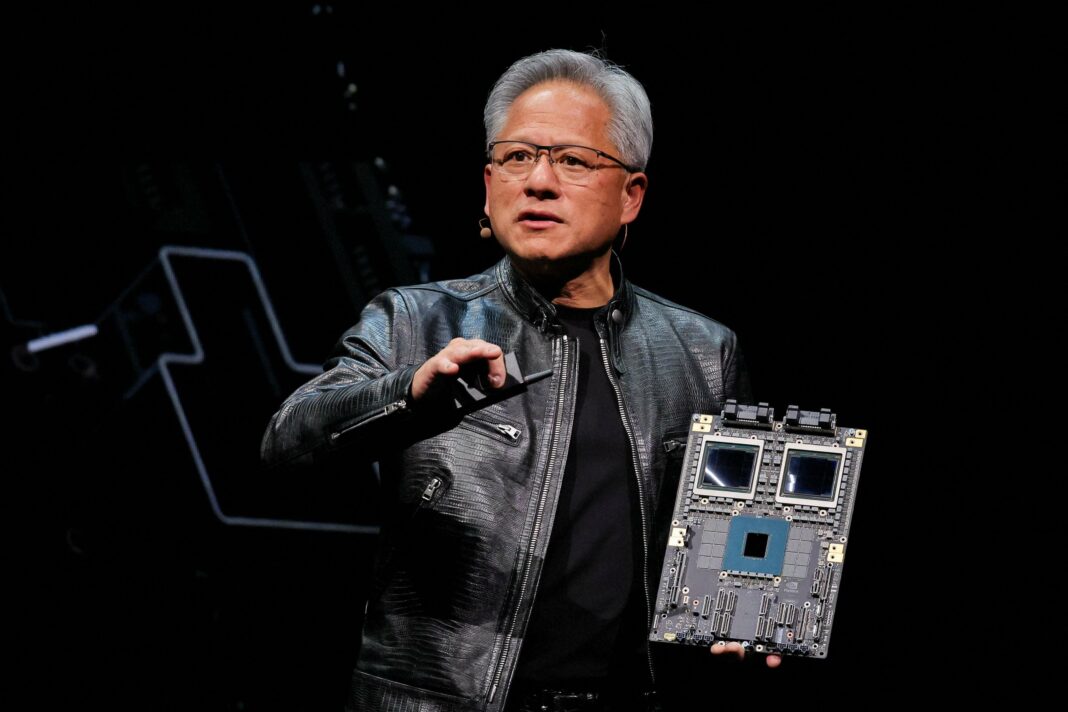Nearly two years after Chat-GPT’s debut, generative AI has become integral to daily life, with Nvidia emerging as a crucial player by providing essential chips for AI model training. As companies like Amazon and Meta rely on Nvidia’s technology, investor expectations soar, with projected quarterly revenues hitting $33 billion. However, Nvidia faces technical challenges with its upcoming Blackwell chips, which could impact investor confidence if unresolved. Despite this, demand for existing chips remains strong.
Nearly two years have passed since the groundbreaking chatbot, Chat-GPT, captured global attention and fueled investor optimism. The potential of generative artificial intelligence to transform various industries and enhance efficiency has become a hot topic. Investors have poured resources into promising AI startups like Anthropic and OpenAI, the minds behind Chat-GPT, in hopes of tapping into a burgeoning market whose full scope is still emerging.
Since that initial wave of excitement, the AI revolution has gradually woven itself into the fabric of everyday life. Although the vision remains alive, substantial profits have largely been realized by the companies at the heart of AI supply chains, particularly Nvidia.
Nvidia: The Cornerstone of AI Innovation
Nvidia stands at the forefront of the AI landscape, producing cutting-edge chips that are essential for the computationally demanding training of AI models like Chat-GPT. Major corporations such as Amazon, Alphabet, and Meta are outfitting their data centers with Nvidia’s state-of-the-art technology, alongside AI trailblazers like Anthropic and OpenAI. Currently, rivals like Intel and AMD are struggling to keep pace, resulting in an overwhelming demand for Nvidia chips that far outstrips supply. The fortunes of many companies hinge on their position in Nvidia’s supply chain.
The trajectory of the AI revolution could yield significant macroeconomic implications. The substantial productivity enhancements expected from new AI applications may serve as a vital growth engine, helping to mitigate the adverse effects of the rapid aging of Western economies. According to BlackRock’s CEO, Larry Fink, substantial investments in AI infrastructure could enable the United States to escape its debt challenges.
Sky-High Investor Anticipations
Due to Nvidia’s pivotal role in the AI ecosystem, the company’s quarterly earnings are closely watched as indicators of the sector’s overall health.
This Wednesday, just after the New York stock market closes, all eyes will be on Nvidia as it reveals its performance for the months of August through October. Investors will gain insights into how much other technology giants are actually investing in their AI capabilities.
Expectations are soaring, with the market forecasting quarterly revenue of $33 billion—an impressive 83% increase from the same period last year. Earnings per share are projected to rise to 75 cents, with hopes for even better results. Historically, Nvidia has managed to slightly exceed analysts’ earnings forecasts.
The company’s stock value has surged threefold since the start of the year, putting Nvidia in competition with Apple for the title of the world’s most valuable company. Additionally, Nvidia continues to innovate, with the forthcoming launch of its next-generation AI chips, Blackwell, anticipated to significantly enhance performance for customers training AI models.
These new chips are expected to be more energy-efficient, addressing a crucial concern as energy demands and costs present challenges for expanding AI infrastructures. In fact, companies like Microsoft and Alphabet are considering the establishment of their own nuclear power plants to support their data centers.
Nvidia’s Technical Challenges
However, Nvidia is currently grappling with technical issues related to Blackwell, leading to unexpected delays. When multiple processors are used in close proximity, as commonly seen in client data centers, overheating issues have emerged. In recent months, Nvidia has been actively revising server architectures with customer collaboration to resolve this issue.
Recent reports suggest that the overheating problem remains unresolved. Although Nvidia has yet to formally warn customers about potential delays in the expected delivery at the end of the first half of 2025, the company has indicated that integrating Blackwell designs into diverse customer data centers will require collaborative engineering efforts. This suggests that further improvements are likely needed.
The industry is keenly awaiting updates on Blackwell’s development. Should Nvidia fail to meet expectations, it could lead to a broader reevaluation of investor confidence in the AI revolution. While Nvidia might not be the most adversely affected, the ripple effects could be significant.
Given Nvidia’s robust market position, it’s unlikely that customers will quickly abandon their commitments due to the Blackwell delays. In fact, in the short term, Nvidia might see increased orders for chips based on the existing Hopper architecture as clients seek solutions. However, for Nvidia’s long-term growth, the success of the AI ecosystem it supports will be crucial.
